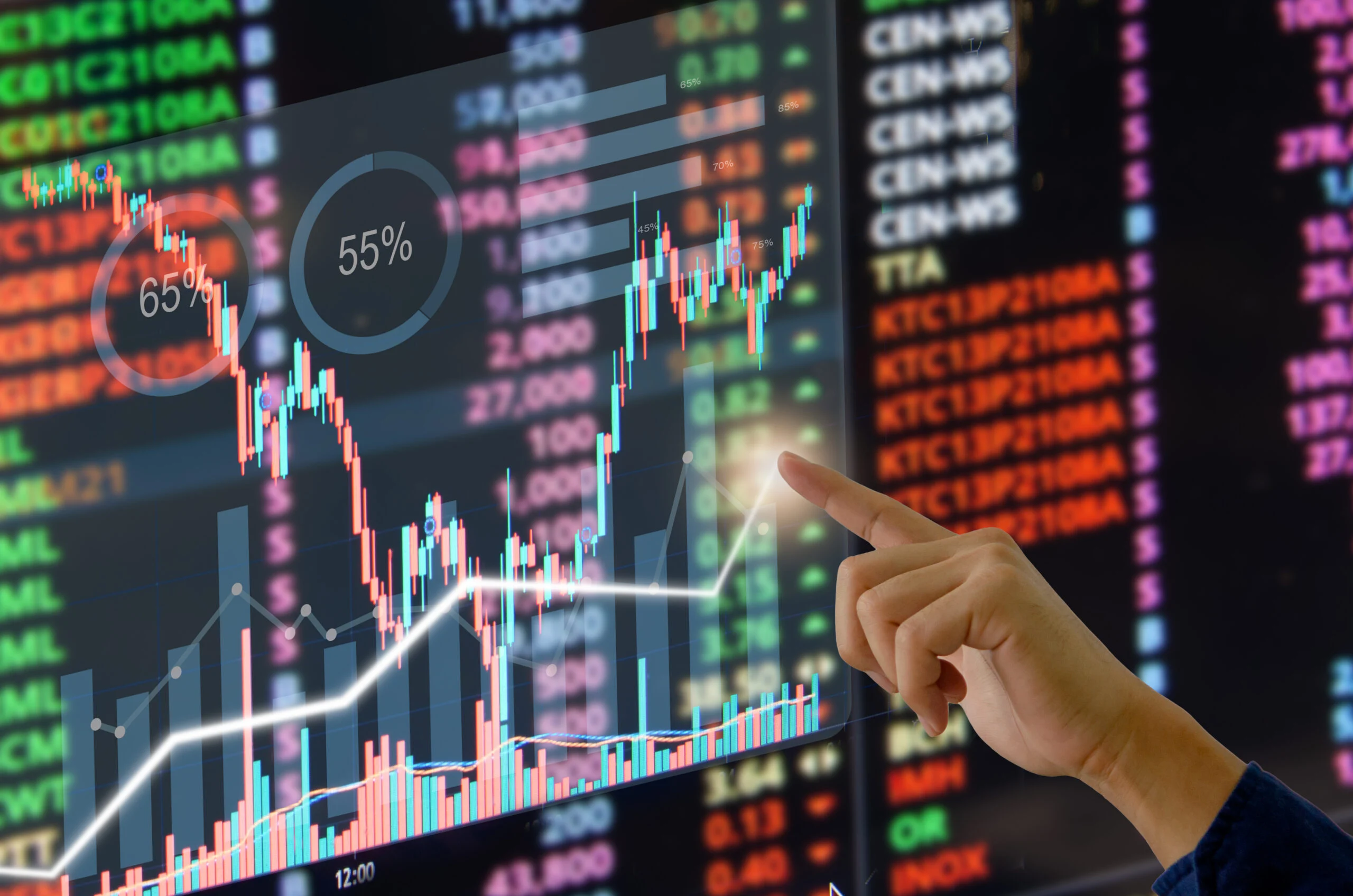Publisher: Maaal International Media Company
License: 465734
S&P: Saudi Arabia has mineral reserves worth SAR 9.4 trillion, a 90% increase from 2016
A report issued by Standard & Poor’s confirmed that Saudi Arabia possesses vast untapped mineral resources. These reserves are expected to reach SAR 9.375 trillion by 2025, a 90% increase from their 2016 value of SAR 5 trillion. This is due to newly discovered rare earth elements and transition metals, in addition to significant increases in phosphate, ore, copper, zinc, and gold reserves.
The report suggests that advances in exploration technologies, such as artificial intelligence-enabled geospatial mapping and digital data analytics, will enhance the efficiency and robustness of resource assessment, leading to improved resource allocation, accelerated project implementation, and increased productivity in the sector.
The Kingdom’s mining and minerals sector relies heavily on state-owned entities, which represent a fundamental pillar of the strategy to diversify the economy away from dependence on oil. The Saudi Arabian Mining Company (Ma’aden) is the primary operator of the sector and one of the largest mining companies in the world.
اقرأ المزيد
Ma’aden’s resources are distributed across a diverse portfolio of phosphates, aluminum, gold, and base metals. The gold division produces approximately 450,000 ounces annually, while phosphate operations are estimated at approximately 6.5 million metric tons annually.
According to its 2024 annual report, Ma’aden generated consolidated revenues of approximately SAR 32 billion ($8.5 billion), with earnings before interest, taxes, depreciation, and amortization (EBITDA) of approximately SAR 11 billion ($3 billion).
The agency indicated in its forecast for the global metals and mining sector that it is somewhat negative. Metals and mining companies face continued cost pressures due to declining ore grades and high reinvestment requirements. Although producer prices and input costs remain high, overall profits and cash flows have been under pressure since the rise in inflation during 2021-2022. The agency believes that, despite this, demand for metals remains strong and expects that tangible assets—including mines, factories, mills, smelters, and strong balance sheets—will become more important to mitigate risks, such as regulatory disruptions and cash flow constraints.
In its key assumptions, it expects metal prices to remain stable amid adverse economic conditions and for companies to prioritize financial discipline. This, coupled with declining debt levels over the past decade and limited mergers and acquisitions, will help maintain credit quality, despite volatility.
The report explains that Saudi Arabia is bucking the global mining trend. The Kingdom’s proactive measures and vast resources may help offset ongoing cost pressures and support the credit resilience of leading domestic metals and mining companies. Unlike some of their global peers, some of Saudi Arabia’s largest metals and mining companies benefit from strong government support, new regulatory frameworks—such as the Mining Investment Law—and significant government-led capital investments in megaprojects and local infrastructure.
These initiatives are expected to stimulate domestic demand for metals, reduce reliance on imports, and improve the sector’s operational efficiency over time. These investments will also support the local metals and mining sector’s ability to meet growing global demand, particularly for base metals and minerals. The Kingdom boasts significant reserves of metals and minerals that the world will need in large quantities in the future. Base metals—including copper, nickel, and lithium—are essential for the energy transition, while minerals such as phosphate fertilizers are essential for food safety.
The report indicates that the Kingdom is undergoing a major economic transformation under Vision 2030, which aims to diversify the economy and reduce the country’s historical dependence on the hydrocarbon sector, particularly oil and gas. Public and private investments target the development of sectors such as tourism, manufacturing, green energy, and mining. Since the launch of Saudi Vision 2030 in 2016, the contribution of non-oil activities to Saudi Arabia’s GDP has increased steadily over the period 2015–2024.
The report expects the continued momentum of Vision 2030 investments and related activity in the construction, logistics, local manufacturing, and mining sectors to achieve major GDP growth of approximately 64% on average over the period 2025–2028. It also states that the Saudi government seeks to invest $40 billion annually in mega domestic projects through the Public Investment Fund. With increased investments in infrastructure and manufacturing, domestic demand for minerals is expected to increase significantly.
Government initiatives, such as the investment of approximately SAR 29 billion ($7.7 billion) in the Waad Al Shamal project, focusing on phosphates, and a $100 billion financing plan targeting critical minerals by 2035, aim to reduce reliance on imports and stimulate domestic production. These financing measures are essential to support Saudi Arabia’s domestic growth and, consequently, diversify its economy.
Local industrial expansion is essential to increasing domestic demand for metals. According to the report, megaprojects—such as NEOM, the Red Sea Project, Qiddiya, Roshn, Diriyah, and others—can transform Saudi Arabia’s urban landscape and boost demand for high-value building materials and metals. For example, the integrated industrial clusters in NEOM and Qiddiya’s focus on sectors such as entertainment, travel and tourism, utilities, hospitality, and transportation are expected to increase domestic consumption of steel, aluminum, and copper.
These projects, which leverage financing and infrastructure investments, aim to reduce the country’s import costs for metals (including iron, steel, and precious and semi-precious stones) by creating a robust domestic market for metals and minerals. Import costs amounted to between $20 and $24 billion in 2024, according to the General Authority for Statistics.
The Kingdom’s metals and mining sector also benefits from the country’s geographic location, as its proximity to important markets in Europe, Asia, and Africa provides a competitive advantage. However, the sector’s broad development depends on the implementation of clear and predictable regulations, particularly regarding openness in international contracts, or the ease with which foreign investors can partner with local companies and government entities to access resources, expertise, and market knowledge.
The report adds that the Kingdom possesses vast, yet untapped, mineral and mining resources. Current estimates put the value of these reserves at approximately SAR 9.375 trillion ($2.5 trillion), a 90% increase from the 2016 estimate of SAR 5 trillion ($1.3 trillion). These additional estimates include newly discovered rare earth elements and transition metals, along with significant increases in phosphate, copper, zinc, and gold reserves.
The western region of the Kingdom—dominated by the Arabian Shield, the Red Sea coastal plain, and volcanic fields—hosts most of the country’s mines, while the northern region is rich in phosphate deposits. These geological advantages provide a solid foundation for future exploration and production activities.








